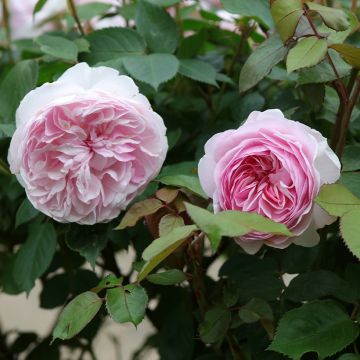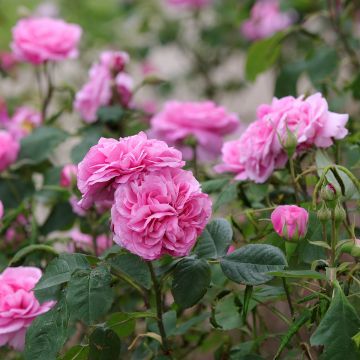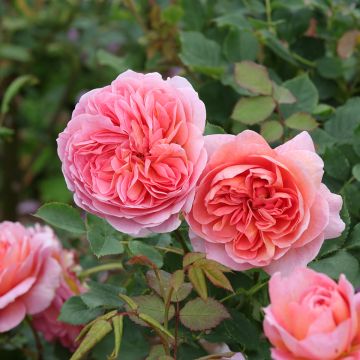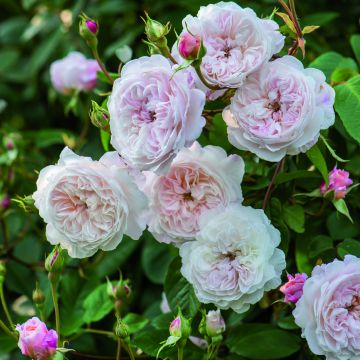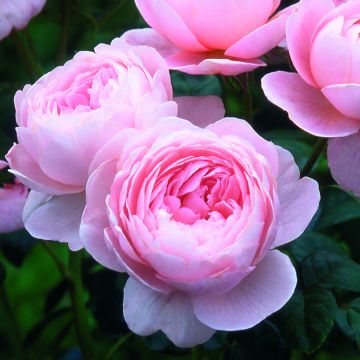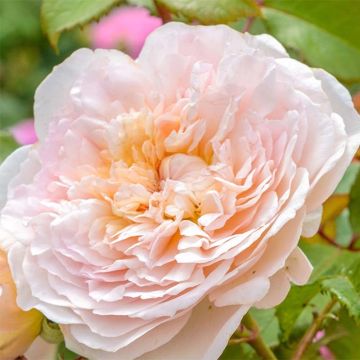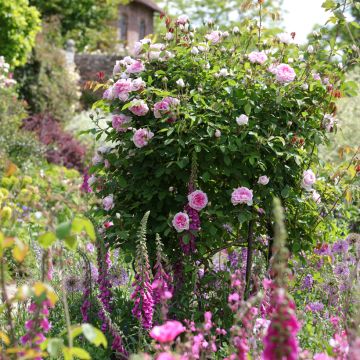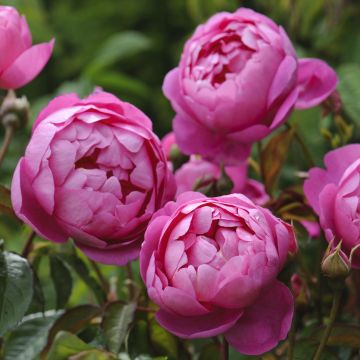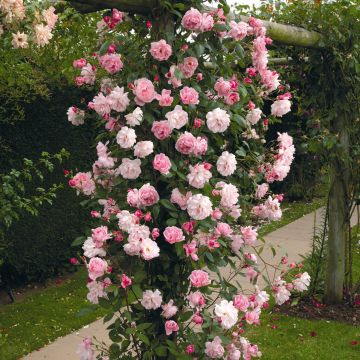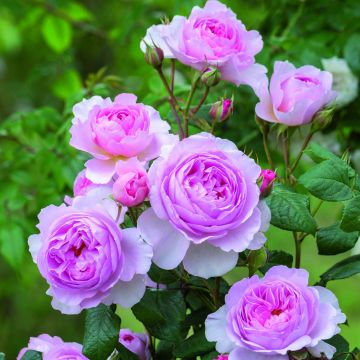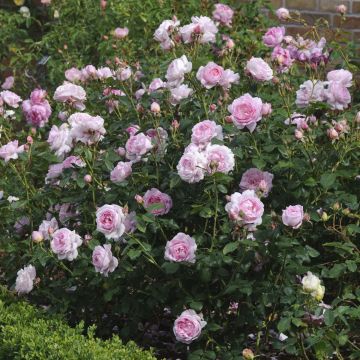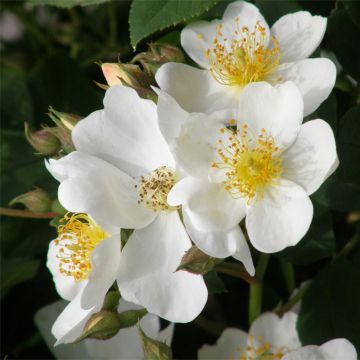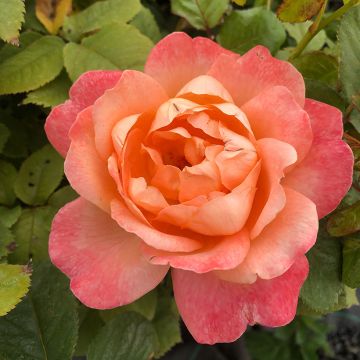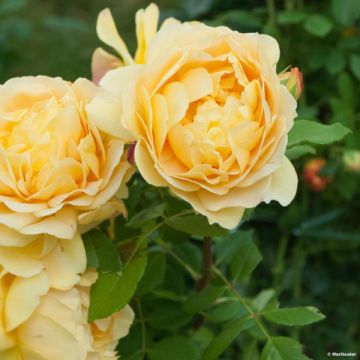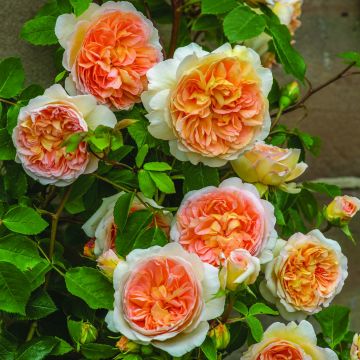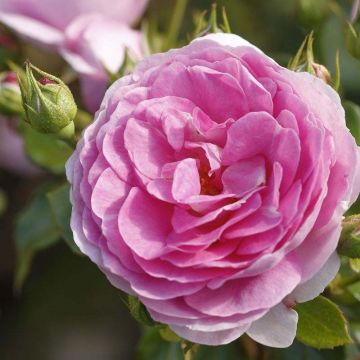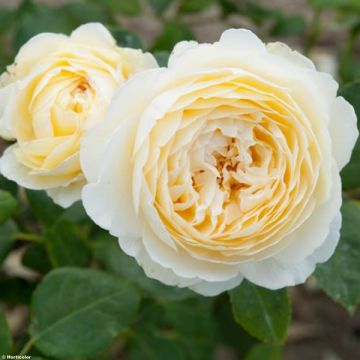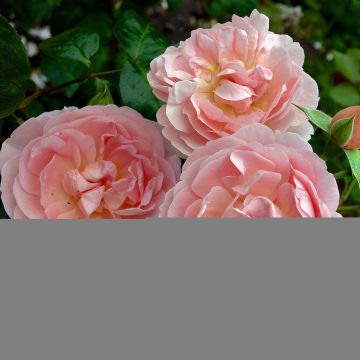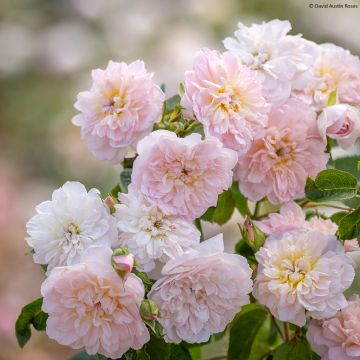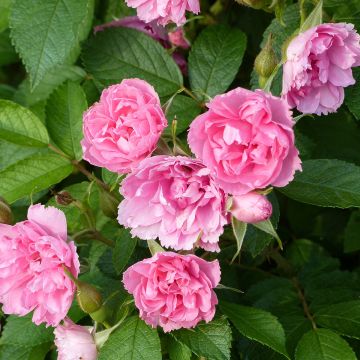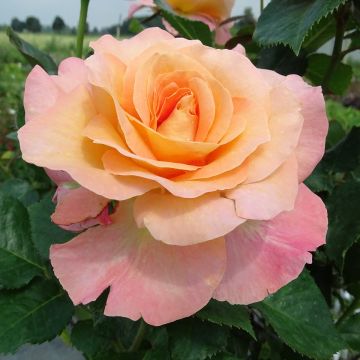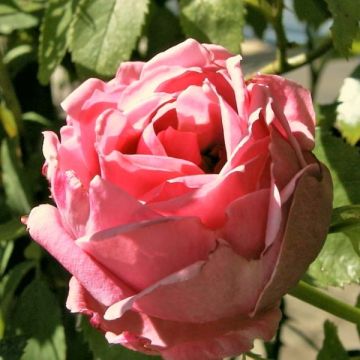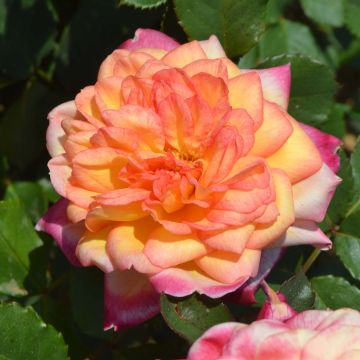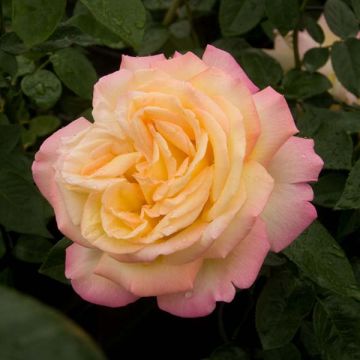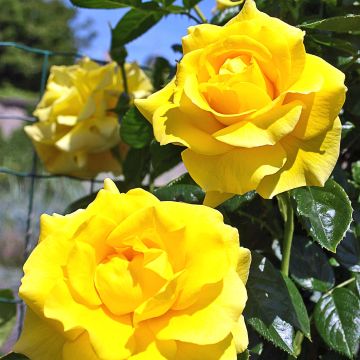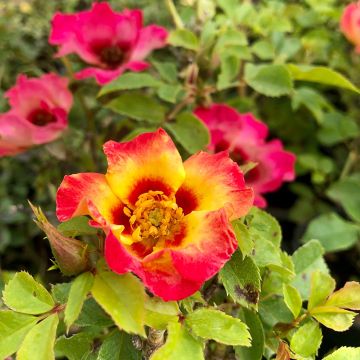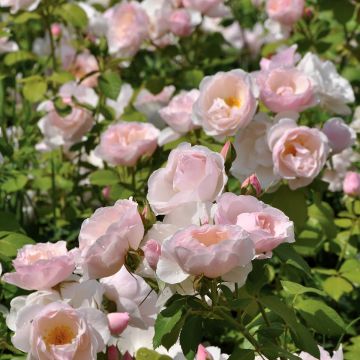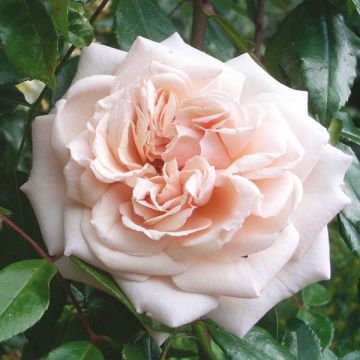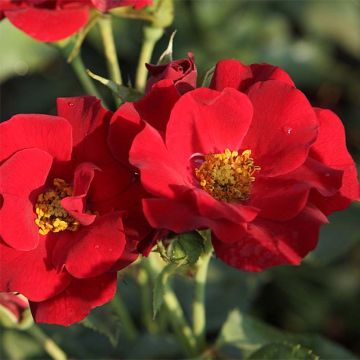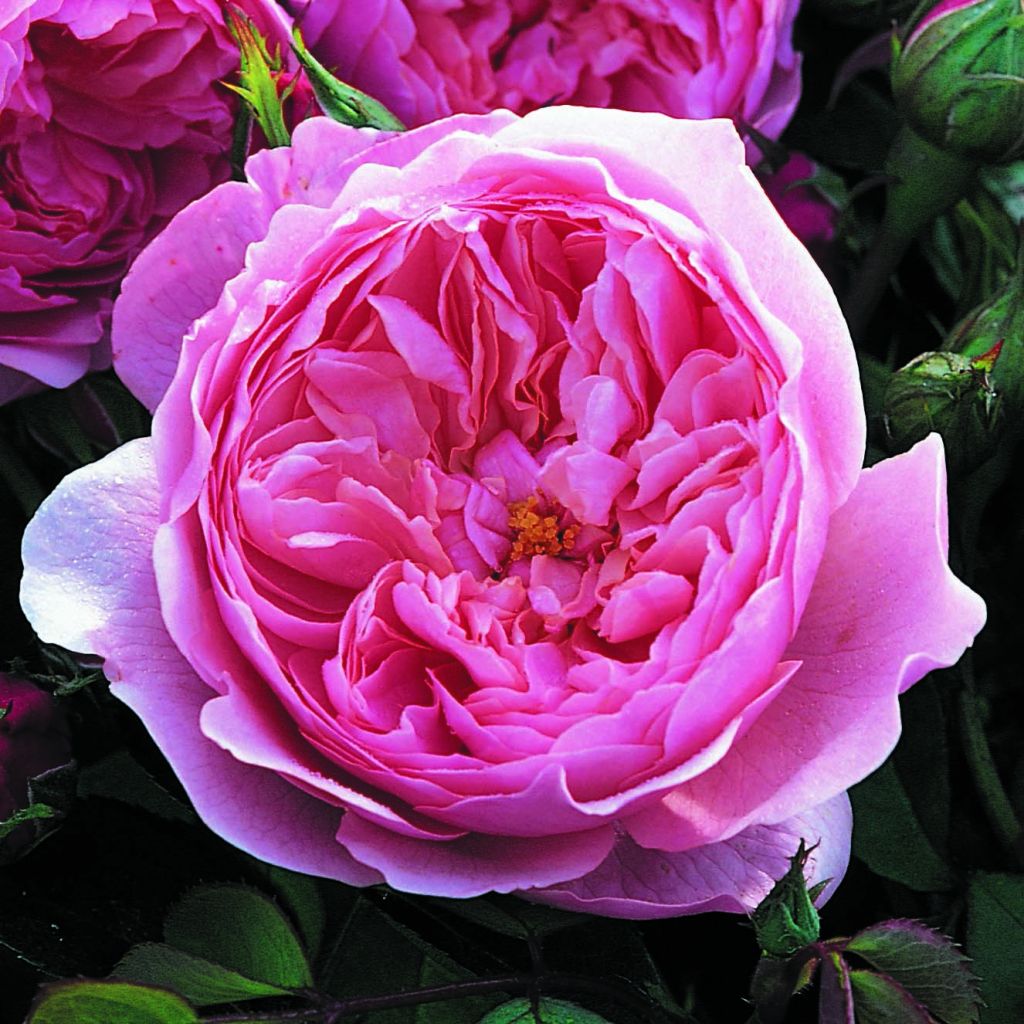

Rosa The Alnwick Rose - Shrub Rose
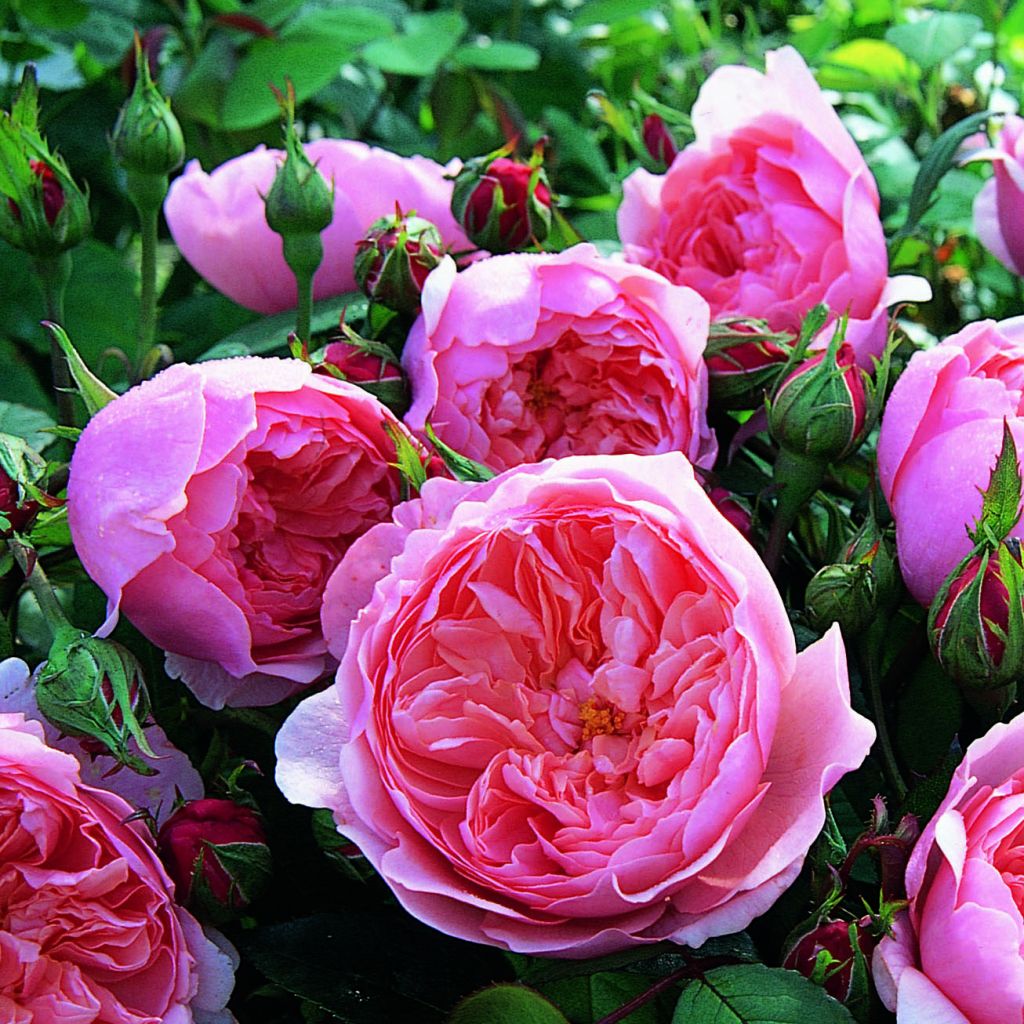

Rosa The Alnwick Rose - Shrub Rose
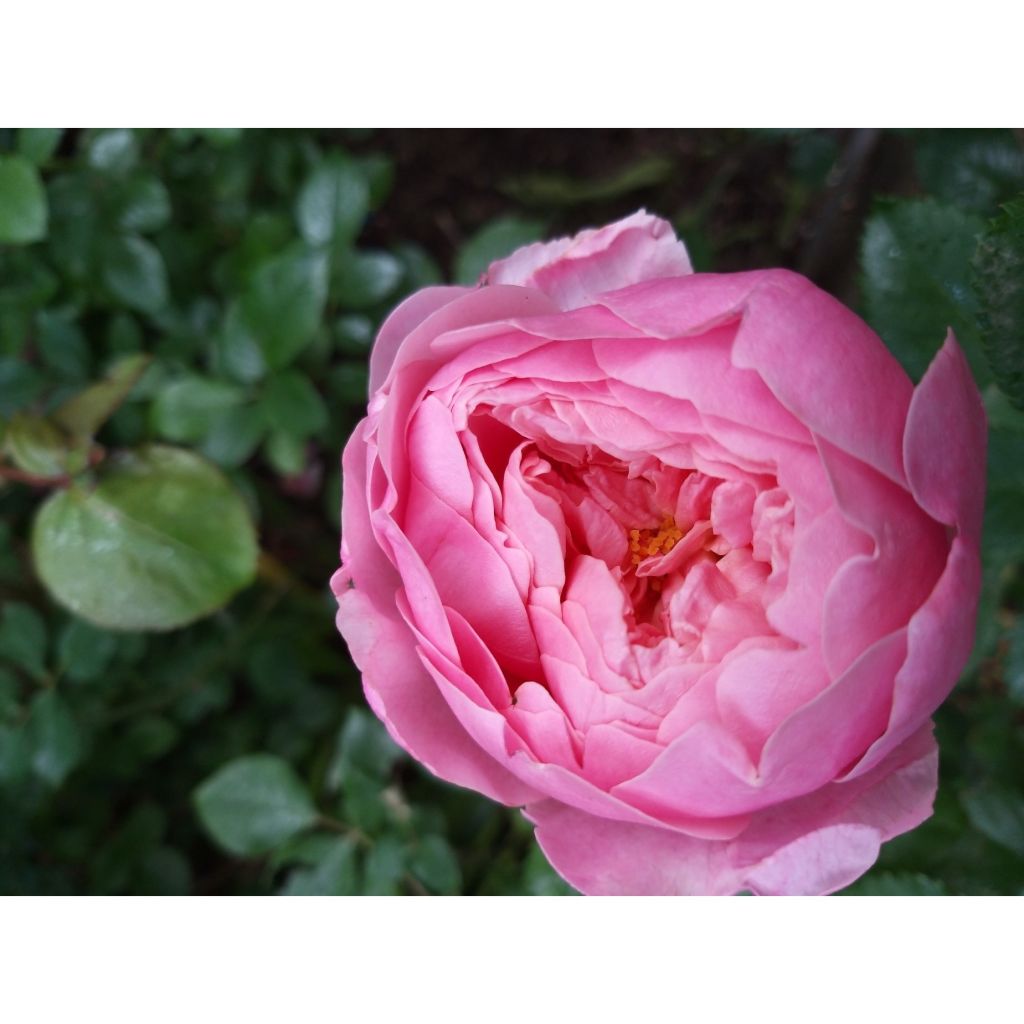

Rosa The Alnwick Rose - Shrub Rose
Rosa The Alnwick Rose - Shrub Rose
Rosa The Alnwick Rose® 'Ausgrab'
Rose
Why not try an alternative variety in stock?
View all →This plant carries a 24 months recovery warranty
More information
We guarantee the quality of our plants for a full growing cycle, and will replace at our expense any plant that fails to recover under normal climatic and planting conditions.
From €5.90 for pickup delivery and €6.90 for home delivery
Express home delivery from €8.90.
From €5.90 for pickup delivery and €6.90 for home delivery
Express home delivery from €8.90.
Delivery to Corse prohibited: UE law prohibits the import of this plant from mainland France to Corse as part of the fight against Xylella fastidiosa. Please accept our sincere apologies.
More information
Does this plant fit my garden?
Set up your Plantfit profile →
Description
The English rose The Alnwick Rose is one of the best David Austin roses, according to its creator. It is a particularly reliable bush, with a rounded habit and healthy, dense growth with numerous, delightful medium-sized roses. They are beautiful at all stages of their blooming, with very double, soft pink cups, paler on the outer edges. Not only beautiful, they also have a lovely fragrance of old-fashioned rose with subtle notes of raspberry. This rose blooms in successive waves, from June to October. Excellent in beds or hedges, its vigour allows it to be trained as a small climber. Its flowers are very beautiful in bouquets.
If regularly pruned, this rose will form a large bush with a rounded habit, reaching an average height of 1.20m (4ft) and a width of 90cm (35in) to 1.20m (4ft). Depending on the growing conditions and how it is trained, it can reach a height of 1.50m (5ft) to 3m (10ft). Its growth is rapid and vigorous, and its sturdy stems are covered with abundant, light green foliage that is disease-resistant in good growing conditions. On this repeat-flowering rose, the pretty small, intense pink and rounded buds, open very gradually to form a deep, round and very full flower, composed of numerous petals. The bloom opens slowly, becoming wide and low. The petals in the centre are slightly incurved towards the heart of the flower. They are 9cm (4in) wide and upright. Their fragrance of old-fashioned rose is more noticeable in warm weather.
The Alnwick Rose, with the typical charm of English roses, is perfect for romantic spots in the garden, alongside annual delphiniums or irises for example. It will also bring a floral touch to perennial beds, and will thrive in a large shrub border or even in a flowering hedge. Roses pair perfectly with catmints, bellflowers, paniculate gypsophila, and herbaceous or climbing clematis. You can also use it to charmingly adorn the base of a small tree.
Created by David Austin in 2001.
Report an error about the product description
Rosa The Alnwick Rose - Shrub Rose in pictures
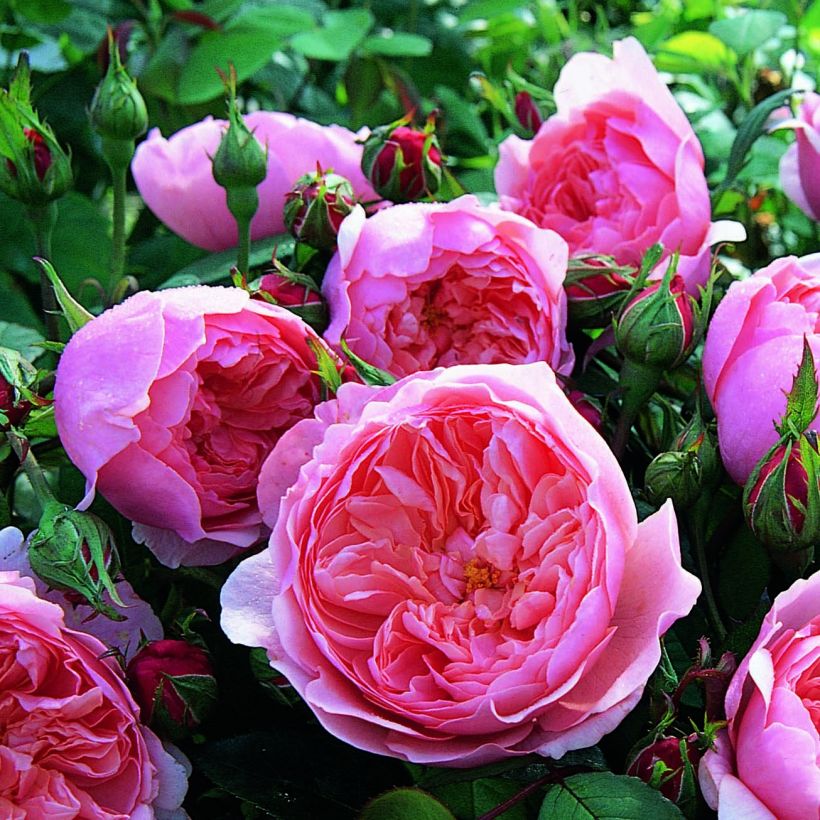

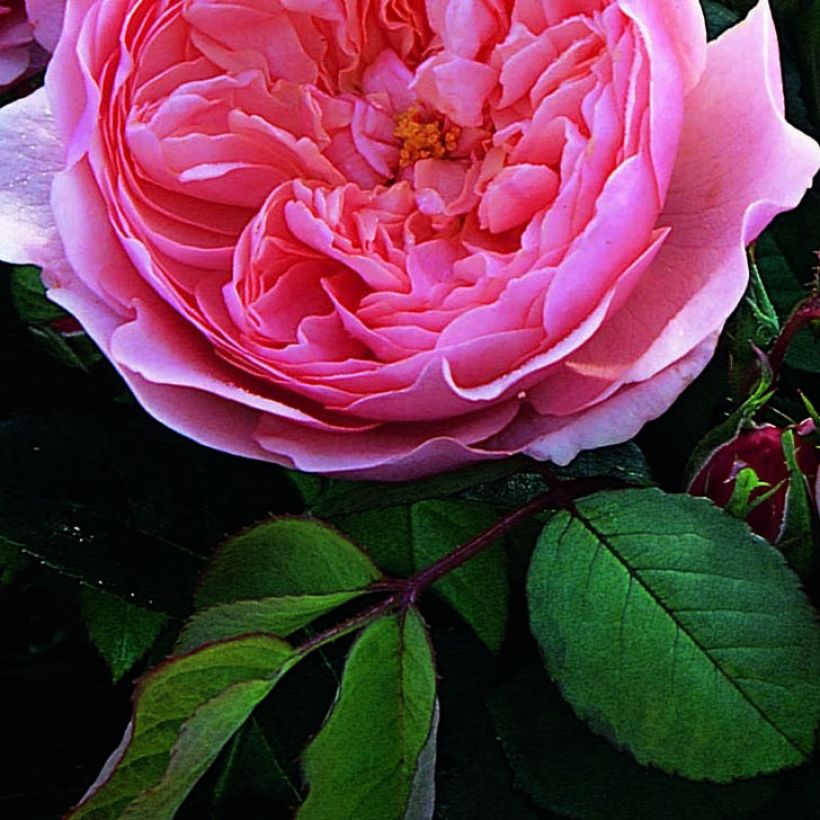

Plant habit
Flowering
Foliage
Botanical data
Rosa
The Alnwick Rose® 'Ausgrab'
Rosaceae
Rose
Cultivar or hybrid
Rosa canina Laxa (Wrapped bare root, 4L/5L pot)
Other David Austin Roses
Planting and care
Plant your English Rose in a sunny or lightly shaded location. English roses are fairly tolerant but will not like excess limestone. They will thrive in any garden as long as the soil is well-worked and sufficiently rich. To plant your rose, prepare your soil by breaking up the earth and adding a base fertiliser, such as bonemeal, to the bottom of the planting hole. Water generously after planting to remove any air pockets, then regularly for a few weeks to aid root growth.
Pruning English roses is essential for flowering. At the end of winter, shorten the branches to 3-5 buds above the ground (at the lowest point), choosing an outward-facing bud for a more elegant shape. At the same time, remove dead wood and unsightly branches. Prune at a slant above a bud. Deadhead regularly, to encourage the development of new buds.
For climbing roses: the previous year's flowering stems should be reduced to 3 or 4 buds or pruned to 15cm (6in). New sturdy stems should be tied in and the old stems removed if necessary. Choose an outward-facing bud for a more elegant shape. At the same time, remove dead wood and unsightly branches. Prune at a slant above a bud. Deadhead regularly to encourage the development of new buds.
Roses are often blemished or unsightly at the end of summer, but it is not a problem for their growth. These blemishes are not harmful to the rose; it is a natural phenomenon.
Planting period
Intended location
Care
-
, onOrder confirmed
Reply from on Promesse de fleurs
Roses by purpose
Haven't found what you were looking for?
Hardiness is the lowest winter temperature a plant can endure without suffering serious damage or even dying. However, hardiness is affected by location (a sheltered area, such as a patio), protection (winter cover) and soil type (hardiness is improved by well-drained soil).

Photo Sharing Terms & Conditions
In order to encourage gardeners to interact and share their experiences, Promesse de fleurs offers various media enabling content to be uploaded onto its Site - in particular via the ‘Photo sharing’ module.
The User agrees to refrain from:
- Posting any content that is illegal, prejudicial, insulting, racist, inciteful to hatred, revisionist, contrary to public decency, that infringes on privacy or on the privacy rights of third parties, in particular the publicity rights of persons and goods, intellectual property rights, or the right to privacy.
- Submitting content on behalf of a third party;
- Impersonate the identity of a third party and/or publish any personal information about a third party;
In general, the User undertakes to refrain from any unethical behaviour.
All Content (in particular text, comments, files, images, photos, videos, creative works, etc.), which may be subject to property or intellectual property rights, image or other private rights, shall remain the property of the User, subject to the limited rights granted by the terms of the licence granted by Promesse de fleurs as stated below. Users are at liberty to publish or not to publish such Content on the Site, notably via the ‘Photo Sharing’ facility, and accept that this Content shall be made public and freely accessible, notably on the Internet.
Users further acknowledge, undertake to have ,and guarantee that they hold all necessary rights and permissions to publish such material on the Site, in particular with regard to the legislation in force pertaining to any privacy, property, intellectual property, image, or contractual rights, or rights of any other nature. By publishing such Content on the Site, Users acknowledge accepting full liability as publishers of the Content within the meaning of the law, and grant Promesse de fleurs, free of charge, an inclusive, worldwide licence for the said Content for the entire duration of its publication, including all reproduction, representation, up/downloading, displaying, performing, transmission, and storage rights.
Users also grant permission for their name to be linked to the Content and accept that this link may not always be made available.
By engaging in posting material, Users consent to their Content becoming automatically accessible on the Internet, in particular on other sites and/or blogs and/or web pages of the Promesse de fleurs site, including in particular social pages and the Promesse de fleurs catalogue.
Users may secure the removal of entrusted content free of charge by issuing a simple request via our contact form.
The flowering period indicated on our website applies to countries and regions located in USDA zone 8 (France, the United Kingdom, Ireland, the Netherlands, etc.)
It will vary according to where you live:
- In zones 9 to 10 (Italy, Spain, Greece, etc.), flowering will occur about 2 to 4 weeks earlier.
- In zones 6 to 7 (Germany, Poland, Slovenia, and lower mountainous regions), flowering will be delayed by 2 to 3 weeks.
- In zone 5 (Central Europe, Scandinavia), blooming will be delayed by 3 to 5 weeks.
In temperate climates, pruning of spring-flowering shrubs (forsythia, spireas, etc.) should be done just after flowering.
Pruning of summer-flowering shrubs (Indian Lilac, Perovskia, etc.) can be done in winter or spring.
In cold regions as well as with frost-sensitive plants, avoid pruning too early when severe frosts may still occur.
The planting period indicated on our website applies to countries and regions located in USDA zone 8 (France, United Kingdom, Ireland, Netherlands).
It will vary according to where you live:
- In Mediterranean zones (Marseille, Madrid, Milan, etc.), autumn and winter are the best planting periods.
- In continental zones (Strasbourg, Munich, Vienna, etc.), delay planting by 2 to 3 weeks in spring and bring it forward by 2 to 4 weeks in autumn.
- In mountainous regions (the Alps, Pyrenees, Carpathians, etc.), it is best to plant in late spring (May-June) or late summer (August-September).
The harvesting period indicated on our website applies to countries and regions in USDA zone 8 (France, England, Ireland, the Netherlands).
In colder areas (Scandinavia, Poland, Austria...) fruit and vegetable harvests are likely to be delayed by 3-4 weeks.
In warmer areas (Italy, Spain, Greece, etc.), harvesting will probably take place earlier, depending on weather conditions.
The sowing periods indicated on our website apply to countries and regions within USDA Zone 8 (France, UK, Ireland, Netherlands).
In colder areas (Scandinavia, Poland, Austria...), delay any outdoor sowing by 3-4 weeks, or sow under glass.
In warmer climes (Italy, Spain, Greece, etc.), bring outdoor sowing forward by a few weeks.

































